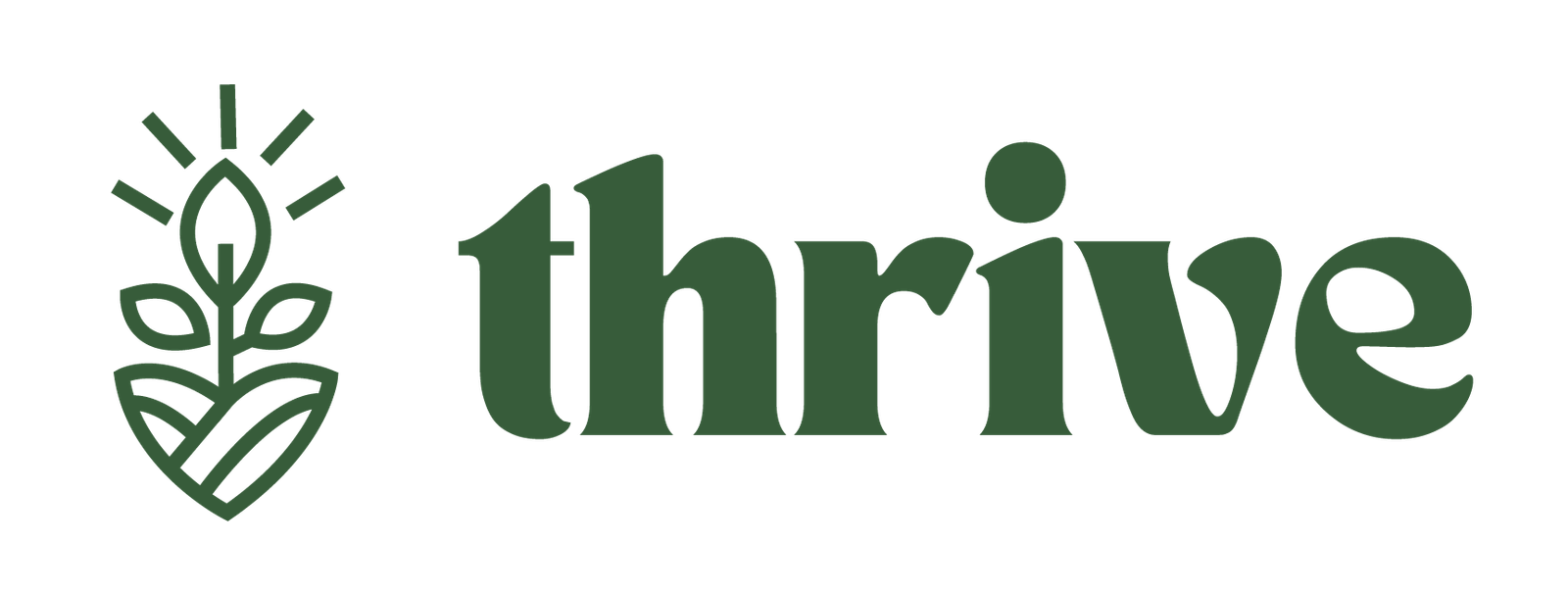In the intricate world of medical billing, accuracy is non-negotiable. Every detail, from diagnosis codes to procedure codes, plays a pivotal role in ensuring healthcare providers are reimbursed correctly for their services. One such critical detail is the Place of Service (POS) code. POS codes are two-digit numeric codes that indicate where a healthcare service was provided, and they are essential for insurance companies to determine appropriate reimbursement rates and for healthcare providers to submit accurate claims.
Among the various POS codes, POS 32 holds particular significance as it pertains to Nursing Facilities. Understanding when and how to use POS 32 is vital for medical billers and coders to ensure that claims are processed correctly and that providers receive the reimbursements they are entitled to. In this comprehensive guide, we will delve into the details of POS 32, exploring what it means, when to use it, and how it impacts medical billing and reimbursement. Whether you're a seasoned biller or just starting out in the field, this guide will equip you with the knowledge you need to master POS 32 in medical billing.
What is POS 32?
POS 32 is the code used to indicate that a healthcare service was provided in a Nursing Facility. According to the Centers for Medicare & Medicaid Services (CMS), a Nursing Facility is defined as:
"A facility which primarily provides to residents skilled nursing care and related services for the rehabilitation of injured, disabled, or sick persons, or, on a regular basis, health-related care services above the level of custodial care to other than individuals with intellectual disabilities."
Nursing facilities are long-term care settings where patients receive skilled nursing care, rehabilitation services, or health-related care that goes beyond basic custodial care. These facilities are distinct from hospitals but provide a higher level of care than assisted living facilities.
Key Distinction: POS 31 vs. POS 32
It’s crucial to differentiate POS 32 from POS 31, which is used for Skilled Nursing Facilities (SNFs). While both types of facilities provide nursing care, there are important differences:
- POS 31: (Skilled Nursing Facility)
A facility that provides inpatient skilled nursing care and related services to patients who require medical, nursing, or rehabilitative services but do not need hospital-level care. Typically used for short-term rehabilitation after a hospital stay, often covered by Medicare Part A (up to 100 days). - POS 32: (Nursing Facility)
A facility that provides long-term skilled nursing care and related services for rehabilitation or health-related care above custodial care, excluding individuals with intellectual disabilities. Used for long-term care residents or when Medicare Part A coverage is exhausted.
The distinction between POS 31 and POS 32 is critical because it affects billing and reimbursement, especially under Medicare. For example:
Medicare Part A covers SNF stays (POS 31) for eligible patients following a qualifying hospital admission of at least three days.
POS 32 is used for services in nursing facilities or when a patient in an SNF has exhausted their Medicare Part A coverage, often falling under Medicare Part B or other insurance plans.
This distinction can be confusing because some facilities may house both SNF and nursing facility patients. Billers must verify the patient’s status to select the correct POS code.
When to Use POS 32
Using the correct POS code is essential for accurate claim submission and reimbursement. Here are key scenarios where POS 32 should be used:
- Services Provided in a Long-Term Care Nursing Facility: If a patient receives healthcare services in a nursing facility that is primarily for long-term care, POS 32 is appropriate. This includes services like routine physicals, wound care, or chronic condition management for long-term residents.
- Patients Without Medicare Part A Coverage for SNF Stays: If a patient is in a facility that can be classified as both an SNF and a nursing facility but does not have Medicare Part A coverage (e.g., they have exhausted their 100-day benefit), POS 32 should be used.
- Routine Care in Nursing Homes: For routine medical services provided to residents of nursing homes, such as annual check-ups or medication management, POS 32 is the correct code.
Common Challenges and How to Avoid Them
Mixed Facilities: Some facilities provide both short-term (SNF) and long-term (nursing facility) care. In such cases, the biller must determine the patient’s specific status, which may require communication with the facility or the patient’s care team.
Common Mistakes: Errors include using POS 31 when the patient is not covered under Medicare Part A or using POS 32 when the patient is in an SNF with Part A coverage. These mistakes can lead to claim denials or incorrect reimbursements.
Tips for Accuracy:
Verify the patient’s insurance coverage and benefits, especially Medicare Part A status.
Confirm with the facility whether the patient is classified as an SNF patient (POS 31) or a long-term care resident (POS 32).
Stay updated on CMS guidelines and payer policies regarding POS codes to avoid errors.
Impact on Reimbursement
The POS code used on a claim directly influences the reimbursement rate. Different settings have different overhead costs, and insurance companies adjust reimbursement rates accordingly.
Facility vs. Non-Facility Settings: Generally, services provided in facility settings (such as hospitals, SNFs, or nursing facilities) have lower professional reimbursement rates compared to non-facility settings (such as physician offices, POS 11). This is because facility settings bill separately for facility fees, which cover the costs of the facility’s resources, while non-facility settings do not.
POS 32 as a Facility Setting: Since POS 32 is a facility setting, the professional reimbursement for services provided by physicians or other healthcare professionals may be lower than if the same services were provided in a non-facility setting like a physician’s office.
For example, according to industry insights, a procedure like nail trimming (CPT code 11719) may have a higher reimbursement rate when performed in a non-facility setting (e.g., POS 11) compared to a facility setting like POS 32 or POS 31. However, exact rates depend on:
The specific payer (e.g., Medicare, Medicaid, private insurance).
The type of service being billed.
Whether the service is covered under Medicare Part A or Part B.
Why Accurate POS Coding Matters
Claim Denials: Using the wrong POS code can lead to claim denials, requiring resubmission with the correct code, which delays payment.
- Underpayment: Using a facility POS code (like POS 32) when a non-facility code should have been used can result in lower reimbursement.
- Audits and Penalties: Systematic errors in POS coding can attract audits and potential penalties from payers, impacting a practice’s financial health and reputation.
Accurate POS coding ensures claims are processed under the correct fee schedule, reducing discrepancies and ensuring providers are paid appropriately.
Best Practices for Using POS 32
To ensure that POS 32 is used correctly, medical billers should follow these best practices:
- Understand Facility Types: Familiarize yourself with the different types of healthcare facilities and their classifications. Know whether a facility is primarily an SNF, a nursing facility, or a mixed facility.
- Verify Patient Status: For each patient, determine whether they are under a skilled care stay (POS 31) or a long-term care stay (POS 32). This may involve checking with the facility or reviewing the patient’s medical records.
- Stay Informed: Keep up-to-date with the latest CMS guidelines and payer policies regarding POS codes. Changes can occur, and staying informed helps prevent coding errors.
- Train Staff: Ensure that all billing and coding staff are trained on the correct use of POS codes, including the distinctions between similar codes like POS 31 and POS 32.
- Double-Check Claims: Before submitting claims, review them to ensure that the correct POS code has been used. This can help catch errors early and prevent claim denials.
- Communicate Effectively: Maintain open communication with healthcare providers and facilities to clarify any ambiguities regarding patient status or facility classification.
By adhering to these best practices, medical billers can improve the accuracy of their claims, reduce the risk of denials, and ensure that healthcare providers receive the reimbursements they deserve.
Conclusion
POS 32 is a critical code in medical billing that specifies services provided in nursing facilities. Understanding its definition, when to use it, and how it affects reimbursement is essential for accurate claim submission and financial success in healthcare practices.
By distinguishing between POS 31 (Skilled Nursing Facility) and POS 32 (Nursing Facility), verifying patient statuses, and following best practices, billers can navigate the complexities of POS coding with confidence. Accurate POS coding is not just a technical requirement; it’s a fundamental aspect of ensuring that healthcare services are properly recognized and compensated.
In the ever-evolving landscape of healthcare billing, staying informed and diligent about POS codes like POS 32 will help you stay ahead of the curve and contribute to the smooth operation of your practice.








